Digest of machine learning and artificial intelligence news for June
Habr, hello.
Filtering out a large number of sources and subscriptions, I collected for you all the most significant news from the world of machine learning and artificial intelligence for June. Enjoy everyone!
1. A team of researchers from Carnegie Mellon made a breakthrough in the field of non-invasive control of robotic devices.
')
Using a non-invasive brain-computer interface, they developed the world's first successful robotic arm, which is controlled by thoughts and without surgical (!) Intervention. Technology has demonstrated the ability to continuously monitor and follow a computer cursor.
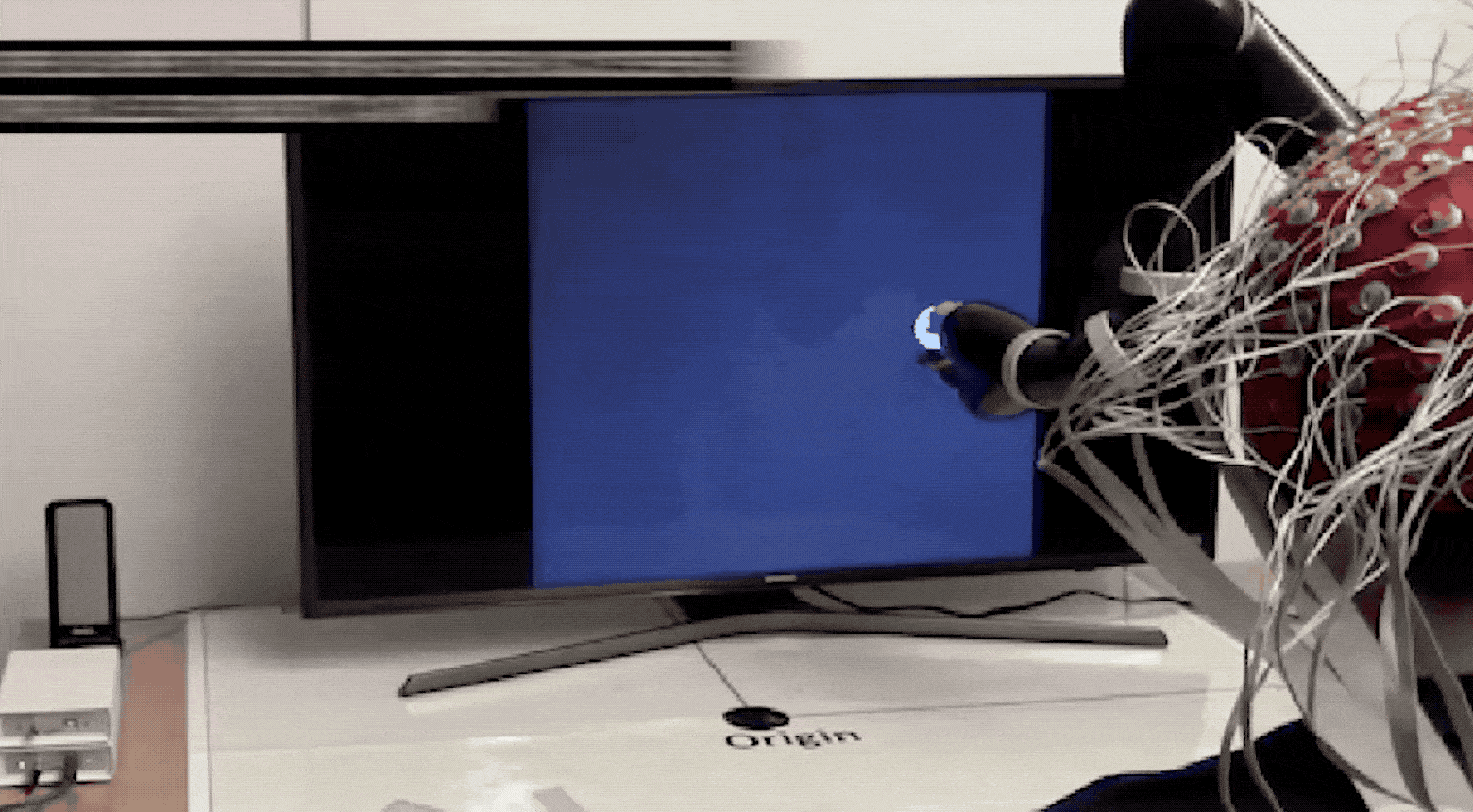
Read more.
2. Facebook AI published a work in which neural networks were tested for the ability to follow the principle of mutual exclusivity when making decisions. And found out the difference between the decision making process of the neural network and the child.
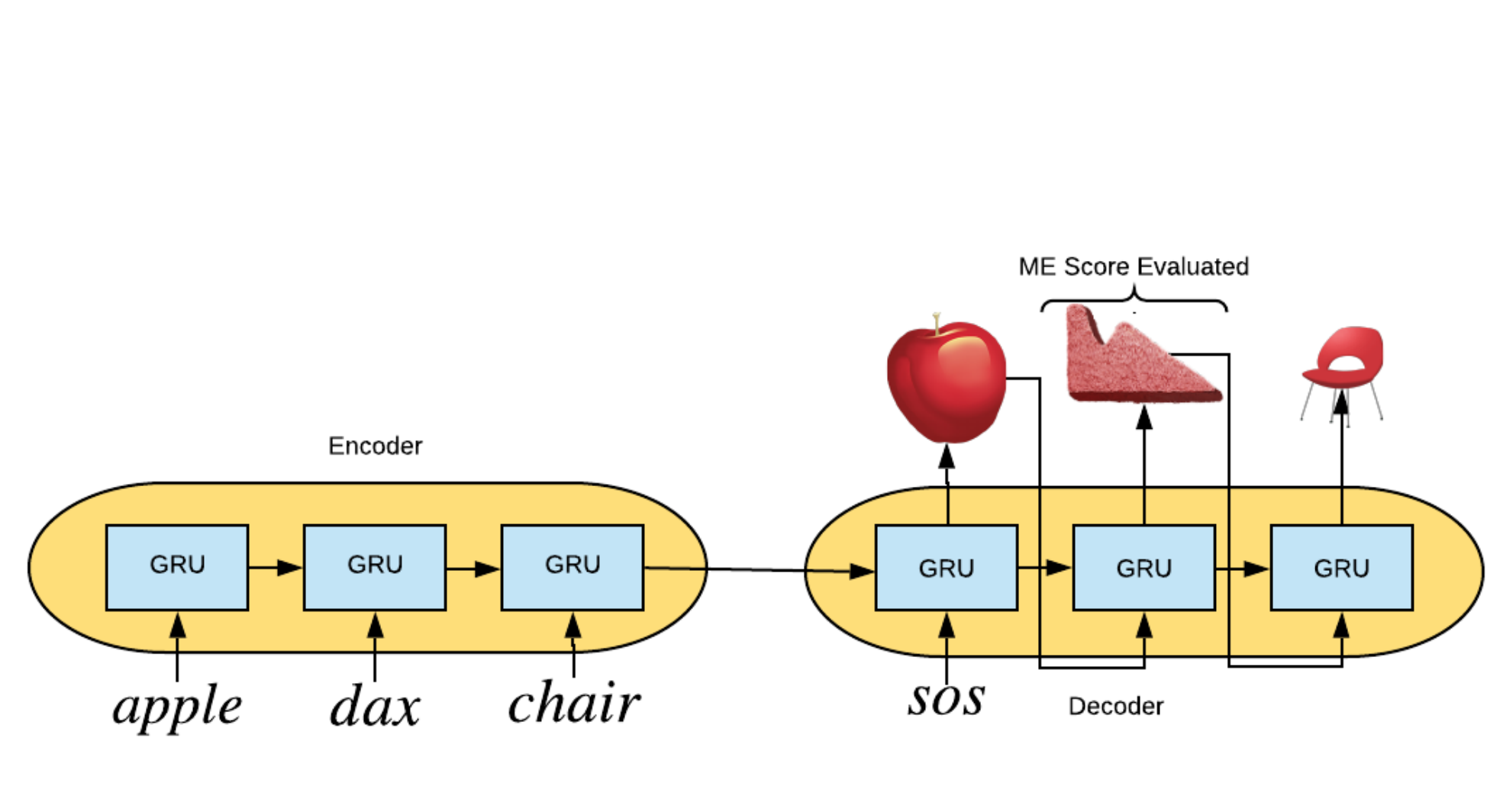
Read more.
3. Waymo publishes data for autopilot training. The data includes 3,000 driving videos, which in total last 16.7 hours, 600,000 frames, about 25 million 3D object boundaries and 22 million 2D object boundaries. Sensors on cars that collected data included 5 LiDARs, 5 cameras and radars, the number of which was not disclosed. The company said that they were able to more accurately synchronize LiDAR and camera recordings than in open data (KITTI, NuScenes).

Read more.
4. The neural network generates audio recordings with the voices of public figures. Researchers from Facebook AI have published a neural network that generates audio recordings with the voices of public personalities. Examples of generated audio recordings are available here.

Read more.
5. BMW checks the recognition of traffic lights. The company invests in the future of autonomous cars. To get people to master cars with independent driving, it will take a lot of attention to how these cars can behave safely not only on the highway, but also in urban environments.

Read more.
6. Artificial intelligence learned to create visual images with more common sense. Researchers say that in addition to helping artists and designers quickly make adjustments to visual effects, they can help computer scientists identify “fake” images.
Read more.
7. Samsung's neural network taught Rasputin to sing in the voice of Beyonce. Researchers at the Cambridge AI Center at Samsung and Imperial College London have created an end-to-end generative-adversarial network (GAN) that animates and synchronizes facial movements in a 2D image with a voice recording. This creates the impression that the voice from the audio clip belongs to the face in the image.
Read more.
8. When teaching a single AI model, as much carbon dioxide can be released as during the life of five cars. Researchers at the University of Massachusetts at Amherst found that in the course of the life cycle of training of popular large-scale AI models, more than 626,000 pounds of carbon dioxide equivalent can be allocated, which is almost five times longer than the average service life of an American car.

Read more.
9. A three-dimensional prosthetic arm can guess how people play "rock, scissors, paper." A new prosthetic hand printed on a 3D printer can learn the user's movement patterns to help amputees perform daily tasks, according to a study published this week in Science Robotics.
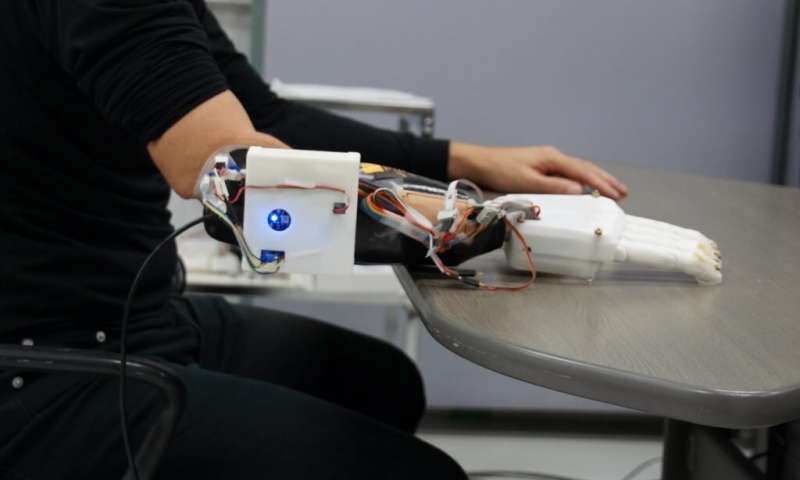
Read more.
10. Advanced facial recognition tools with generative face termination. Researchers at the USC Institute of Information Science in California recently conducted a study that ascertained whether the completion of closed individuals using artificial neural networks (ANN) can improve the accuracy of face recognition tools. Their research is based on the IARPA Odin research project, which aims to identify true and false individuals in the images, ultimately, to improve the performance of biometric authentication tools.

Read more.
11. Imaging results, health data are combined in an AI model for predicting breast cancer. Women know that breast cancer is too frequent a diagnosis to ignore.
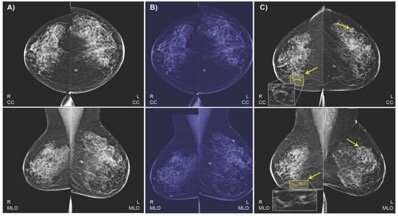
Read more.
12. Researchers use biological evolution to inspire machine learning. In a new study published in the magazine Artificial Life, a research team led by Nicholas Guttenberg and Nathaniel Devoy from the Institute of Earth and Life Sciences (ELSI) at Tokyo Institute of Technology, Japan, and Alexandra Penn from Nexus Worldwide Assessment of Complexity (CECAN), University of Surrey, UK (CRESS), explores the relationship between biological evolutionary openness and recent research in machine learning.
Read more.
13. The new AI system manages the road infrastructure through Google Street View. Geospatial scientists have developed a new program to monitor road signs that need to be replaced or repaired using Google Street View images.

Read more.
14. Learning artificial intelligence to connect feelings, such as sight and touch. In Canadian author Margaret Atwood's book The Blind Killer, she says that “touch comes before sight. This is the first language and the last, and he always speaks the truth. ”
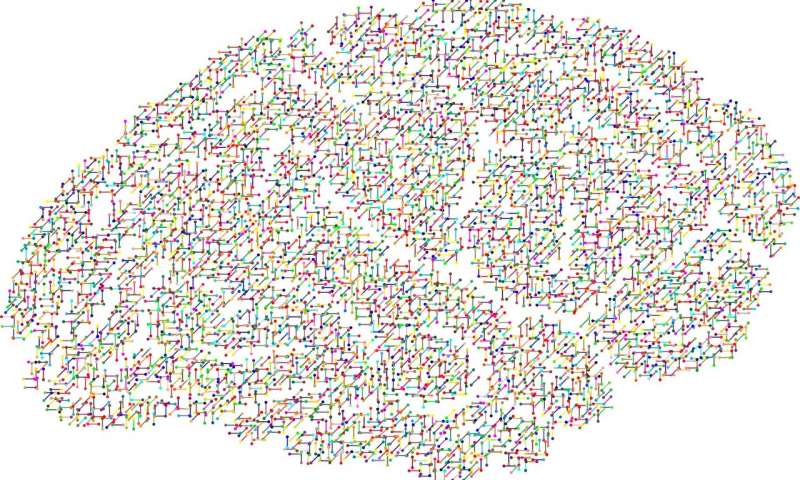
Read more.
15. Police camera maker Axon is still saying no to face recognition. Face recognition is a rather controversial topic. But Axon, which produces most of these cameras, sought advice from an independent study group on this topic and, in accordance with its findings, decided not to use facial recognition.
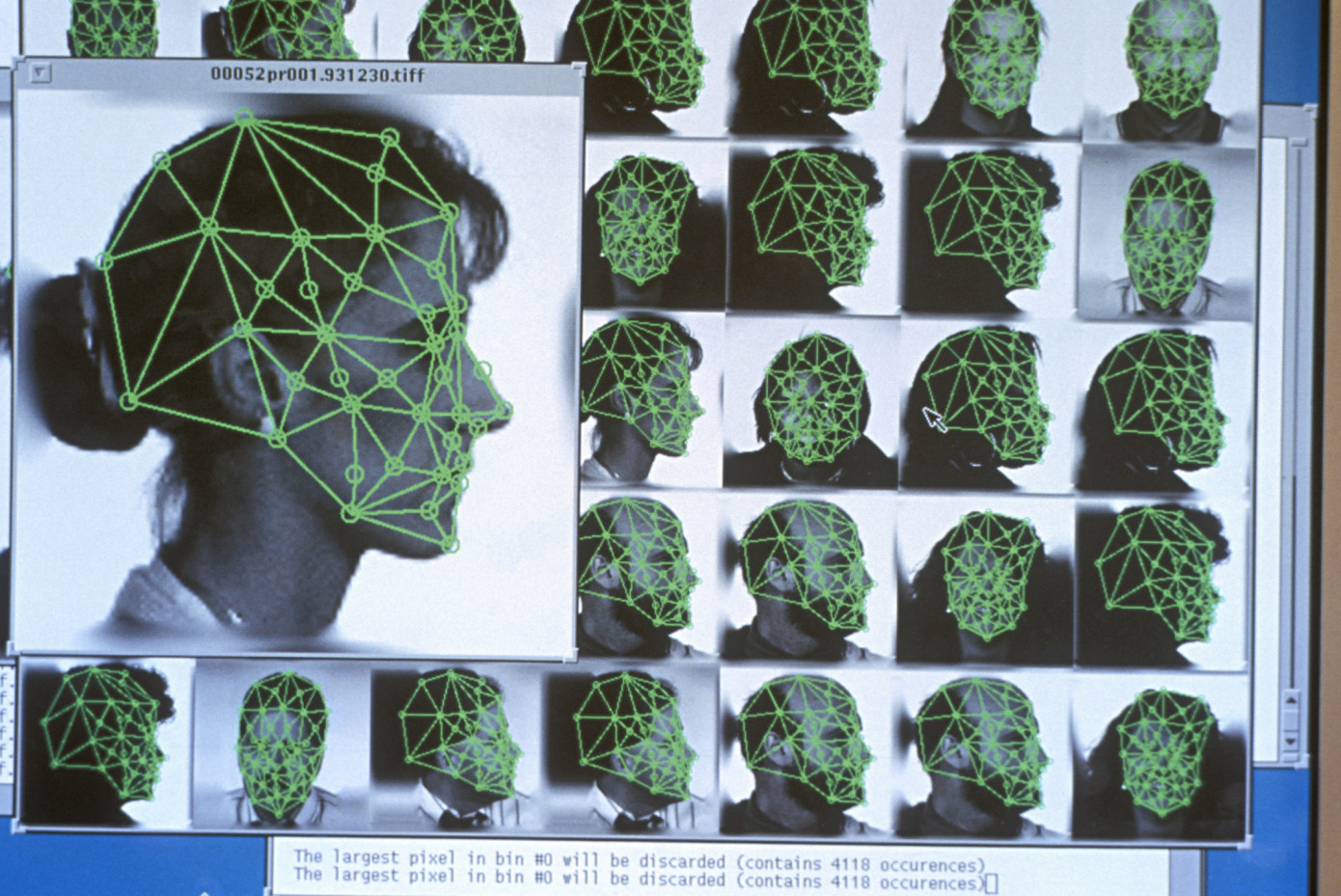
Read more.
16. Connecting the dots between the voice and the human face. Once again, AI teams tease the realm of the impossible and produce amazing results. This news team has figured out how a person’s face can look, based only on the voice. Welcome to Speech2Face. The research team found a way to reconstruct the very rough resemblance of some people based on short sound clips.

Read more.
17. The concept of the Flying-V aircraft marks an exciting new look at air travel. Seating passengers in the wings? A V-shaped aircraft designed to carry passengers, cargo and fuel tanks in its wings is considered a good idea for the future.

Read more.
18. CMU researchers use computer vision to look around the corner. The future autonomous vehicle and other artificial intelligence systems may not need a line of sight to collect incredibly detailed image data: a new study by Carnegie Mellon University, the University of Toronto, and University College London has developed a peeping angle technique.
Read more.
19. The whisper of schizophrenia: machine learning finds “healthy” words that predict psychosis. The machine learning method found a hidden clue in people's language, predicting the late onset of psychosis — the frequent use of words related to sound. In an article published by the journal npj Schizophrenia, published the results of research scientists at Emory University and Harvard University.
Read more.
20. New computer attack mimics the characteristics of keystrokes by the user and evades detection. Cybersecurity researchers at Ben-Gurion University in the Negev (BGU) have developed a new attack called Malboard. Malboard evades several detection products that are designed to constantly verify the user's identity based on personalized keystroke characteristics.

Read more.
21. The Agent Unicorn headset for children with ADHD can facilitate understanding. The quest for a better understanding of children with attention deficit hyperactivity disorder continues.
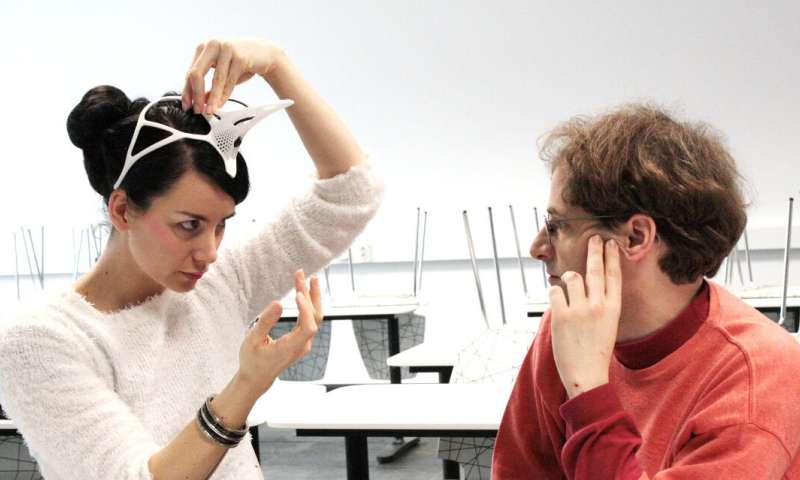
Read more.
22. AI taught himself to play video games, and now he beats people. From the earliest days of virtual chess and solitaire, video games have been the playing field for the development of artificial intelligence (AI). Each victory of the machine against a person helps to make the algorithms smarter and more efficient. But to solve real-world problems, such as automating complex tasks, including driving and negotiating, these algorithms must be oriented in more complex environments than board games and learn teamwork. Teaching AI to work and interact with other players in order to succeed was an insurmountable task - until now.
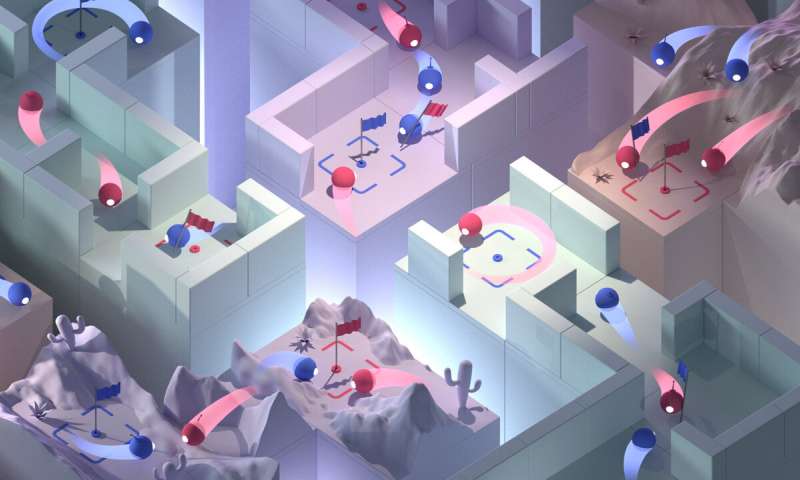
Read more.
23. Europe should prohibit AI for mass monitoring and evaluation of social credit, the advisory group believes. An independent expert group tasked with advising the European Commission to inform about its regulatory response to artificial intelligence — to support the stated goal of EU lawmakers to ensure that AI development is “human-centered,” published its political and investment recommendations.

Read more.
24. Researchers are trying to recreate human thinking in machines. Researchers at the University of Oxford recently tried to recreate models of human thinking in machines using an imaginary language network (LGI). Their method, described in an article previously published on arXiv, could provide information on the development of artificial intelligence capable of human thinking, which entails a targeted stream of mental ideas driven by language.
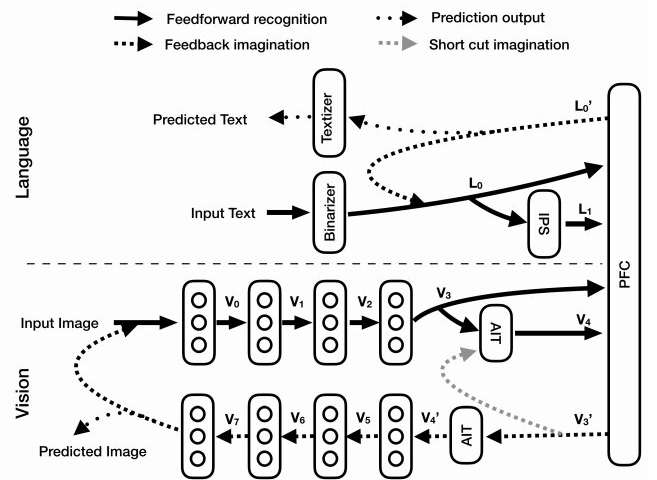
Read more.
25. Vuzix smart glasses get automatic face recognition for law enforcement.

Read more.
26. Where we see figures, AI sees textures. To the surprise of researchers, deep vision learning algorithms are often not able to classify images, because they mostly take signals from textures, not shapes.
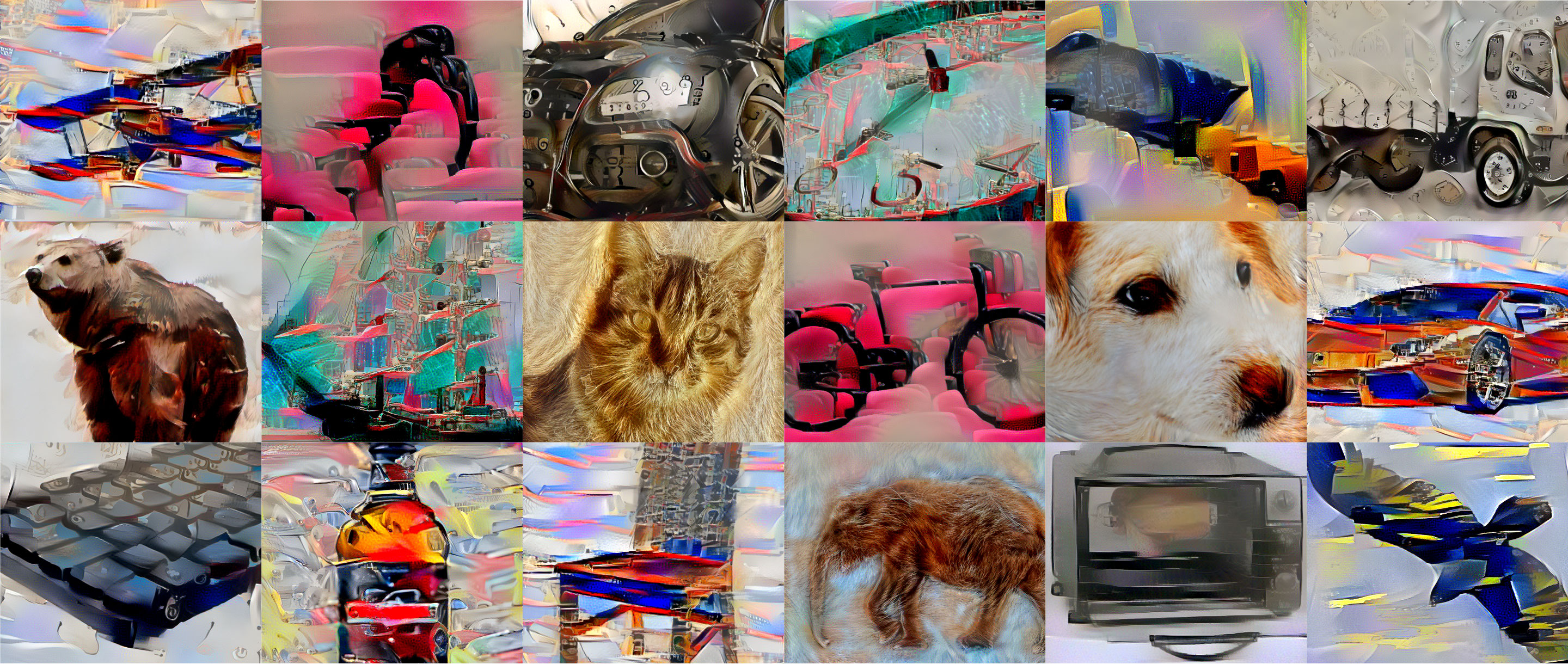
Read more.
27. Finally, a camera app that automatically removes all people from your photos. As a misanthrope living in a busy city, I have nothing to complain about. And, in particular, the problem of people filling in my photos, no matter what I took, is constant. This will not be a problem with Bye Bye Camera and an application that simply removes people from photos.

Read more.
28. Machine learning predicted changes in human intestinal microbiome. Researchers have proposed a new regression method that allows predicting changes in the composition of the human intestinal microbiome based on past microbiome data. The method allows to analyze the change in the proportions of different types of microorganisms individually. The study was published in the journal PLoS Computational Biology.
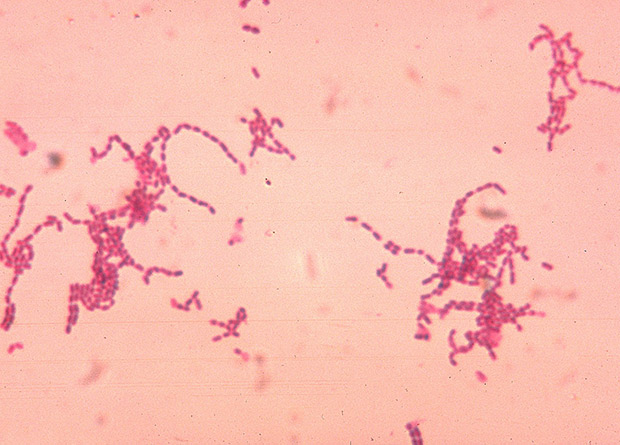
Read more.
29. Physicists are discussing Hawking's idea that the universe did not arise. A recent challenge to Stephen Hawking's biggest idea is how the Universe could emerge from nothing.
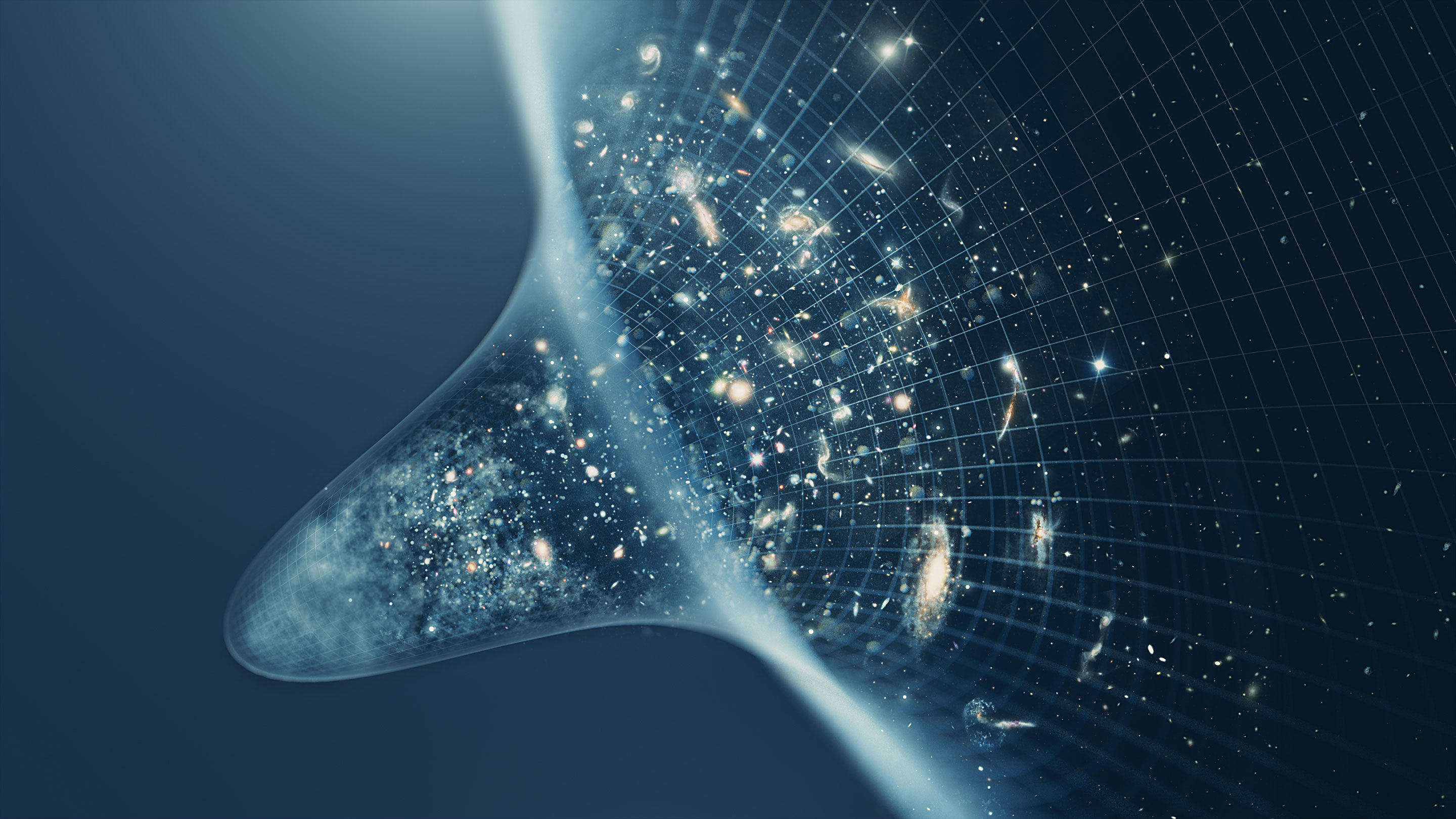
Read more.
At this our digest came to an end. Draw conclusions and work productively. More similar articles, news and reviews can be read in the Neuron telegram channel (@neurondata)
All knowledge!
Filtering out a large number of sources and subscriptions, I collected for you all the most significant news from the world of machine learning and artificial intelligence for June. Enjoy everyone!
1. A team of researchers from Carnegie Mellon made a breakthrough in the field of non-invasive control of robotic devices.
')
Using a non-invasive brain-computer interface, they developed the world's first successful robotic arm, which is controlled by thoughts and without surgical (!) Intervention. Technology has demonstrated the ability to continuously monitor and follow a computer cursor.

Read more.
2. Facebook AI published a work in which neural networks were tested for the ability to follow the principle of mutual exclusivity when making decisions. And found out the difference between the decision making process of the neural network and the child.

Read more.
3. Waymo publishes data for autopilot training. The data includes 3,000 driving videos, which in total last 16.7 hours, 600,000 frames, about 25 million 3D object boundaries and 22 million 2D object boundaries. Sensors on cars that collected data included 5 LiDARs, 5 cameras and radars, the number of which was not disclosed. The company said that they were able to more accurately synchronize LiDAR and camera recordings than in open data (KITTI, NuScenes).

Read more.
4. The neural network generates audio recordings with the voices of public figures. Researchers from Facebook AI have published a neural network that generates audio recordings with the voices of public personalities. Examples of generated audio recordings are available here.

Read more.
5. BMW checks the recognition of traffic lights. The company invests in the future of autonomous cars. To get people to master cars with independent driving, it will take a lot of attention to how these cars can behave safely not only on the highway, but also in urban environments.

Read more.
6. Artificial intelligence learned to create visual images with more common sense. Researchers say that in addition to helping artists and designers quickly make adjustments to visual effects, they can help computer scientists identify “fake” images.
Read more.
7. Samsung's neural network taught Rasputin to sing in the voice of Beyonce. Researchers at the Cambridge AI Center at Samsung and Imperial College London have created an end-to-end generative-adversarial network (GAN) that animates and synchronizes facial movements in a 2D image with a voice recording. This creates the impression that the voice from the audio clip belongs to the face in the image.
Read more.
8. When teaching a single AI model, as much carbon dioxide can be released as during the life of five cars. Researchers at the University of Massachusetts at Amherst found that in the course of the life cycle of training of popular large-scale AI models, more than 626,000 pounds of carbon dioxide equivalent can be allocated, which is almost five times longer than the average service life of an American car.

Read more.
9. A three-dimensional prosthetic arm can guess how people play "rock, scissors, paper." A new prosthetic hand printed on a 3D printer can learn the user's movement patterns to help amputees perform daily tasks, according to a study published this week in Science Robotics.

Read more.
10. Advanced facial recognition tools with generative face termination. Researchers at the USC Institute of Information Science in California recently conducted a study that ascertained whether the completion of closed individuals using artificial neural networks (ANN) can improve the accuracy of face recognition tools. Their research is based on the IARPA Odin research project, which aims to identify true and false individuals in the images, ultimately, to improve the performance of biometric authentication tools.

Read more.
11. Imaging results, health data are combined in an AI model for predicting breast cancer. Women know that breast cancer is too frequent a diagnosis to ignore.

Read more.
12. Researchers use biological evolution to inspire machine learning. In a new study published in the magazine Artificial Life, a research team led by Nicholas Guttenberg and Nathaniel Devoy from the Institute of Earth and Life Sciences (ELSI) at Tokyo Institute of Technology, Japan, and Alexandra Penn from Nexus Worldwide Assessment of Complexity (CECAN), University of Surrey, UK (CRESS), explores the relationship between biological evolutionary openness and recent research in machine learning.
Read more.
13. The new AI system manages the road infrastructure through Google Street View. Geospatial scientists have developed a new program to monitor road signs that need to be replaced or repaired using Google Street View images.

Read more.
14. Learning artificial intelligence to connect feelings, such as sight and touch. In Canadian author Margaret Atwood's book The Blind Killer, she says that “touch comes before sight. This is the first language and the last, and he always speaks the truth. ”

Read more.
15. Police camera maker Axon is still saying no to face recognition. Face recognition is a rather controversial topic. But Axon, which produces most of these cameras, sought advice from an independent study group on this topic and, in accordance with its findings, decided not to use facial recognition.

Read more.
16. Connecting the dots between the voice and the human face. Once again, AI teams tease the realm of the impossible and produce amazing results. This news team has figured out how a person’s face can look, based only on the voice. Welcome to Speech2Face. The research team found a way to reconstruct the very rough resemblance of some people based on short sound clips.

Read more.
17. The concept of the Flying-V aircraft marks an exciting new look at air travel. Seating passengers in the wings? A V-shaped aircraft designed to carry passengers, cargo and fuel tanks in its wings is considered a good idea for the future.

Read more.
18. CMU researchers use computer vision to look around the corner. The future autonomous vehicle and other artificial intelligence systems may not need a line of sight to collect incredibly detailed image data: a new study by Carnegie Mellon University, the University of Toronto, and University College London has developed a peeping angle technique.
Read more.
19. The whisper of schizophrenia: machine learning finds “healthy” words that predict psychosis. The machine learning method found a hidden clue in people's language, predicting the late onset of psychosis — the frequent use of words related to sound. In an article published by the journal npj Schizophrenia, published the results of research scientists at Emory University and Harvard University.
Read more.
20. New computer attack mimics the characteristics of keystrokes by the user and evades detection. Cybersecurity researchers at Ben-Gurion University in the Negev (BGU) have developed a new attack called Malboard. Malboard evades several detection products that are designed to constantly verify the user's identity based on personalized keystroke characteristics.

Read more.
21. The Agent Unicorn headset for children with ADHD can facilitate understanding. The quest for a better understanding of children with attention deficit hyperactivity disorder continues.

Read more.
22. AI taught himself to play video games, and now he beats people. From the earliest days of virtual chess and solitaire, video games have been the playing field for the development of artificial intelligence (AI). Each victory of the machine against a person helps to make the algorithms smarter and more efficient. But to solve real-world problems, such as automating complex tasks, including driving and negotiating, these algorithms must be oriented in more complex environments than board games and learn teamwork. Teaching AI to work and interact with other players in order to succeed was an insurmountable task - until now.

Read more.
23. Europe should prohibit AI for mass monitoring and evaluation of social credit, the advisory group believes. An independent expert group tasked with advising the European Commission to inform about its regulatory response to artificial intelligence — to support the stated goal of EU lawmakers to ensure that AI development is “human-centered,” published its political and investment recommendations.

Read more.
24. Researchers are trying to recreate human thinking in machines. Researchers at the University of Oxford recently tried to recreate models of human thinking in machines using an imaginary language network (LGI). Their method, described in an article previously published on arXiv, could provide information on the development of artificial intelligence capable of human thinking, which entails a targeted stream of mental ideas driven by language.

Read more.
25. Vuzix smart glasses get automatic face recognition for law enforcement.

Read more.
26. Where we see figures, AI sees textures. To the surprise of researchers, deep vision learning algorithms are often not able to classify images, because they mostly take signals from textures, not shapes.

Read more.
27. Finally, a camera app that automatically removes all people from your photos. As a misanthrope living in a busy city, I have nothing to complain about. And, in particular, the problem of people filling in my photos, no matter what I took, is constant. This will not be a problem with Bye Bye Camera and an application that simply removes people from photos.

Read more.
28. Machine learning predicted changes in human intestinal microbiome. Researchers have proposed a new regression method that allows predicting changes in the composition of the human intestinal microbiome based on past microbiome data. The method allows to analyze the change in the proportions of different types of microorganisms individually. The study was published in the journal PLoS Computational Biology.

Read more.
A bonus
29. Physicists are discussing Hawking's idea that the universe did not arise. A recent challenge to Stephen Hawking's biggest idea is how the Universe could emerge from nothing.

Read more.
At this our digest came to an end. Draw conclusions and work productively. More similar articles, news and reviews can be read in the Neuron telegram channel (@neurondata)
All knowledge!
Source: https://habr.com/ru/post/458168/
All Articles